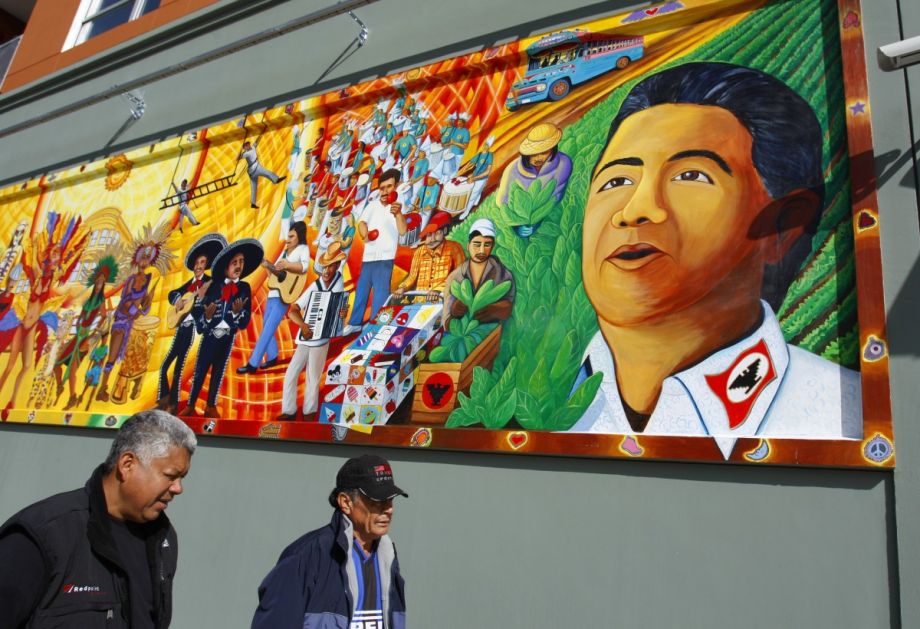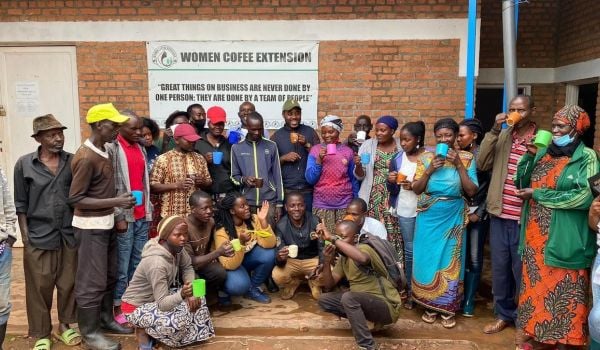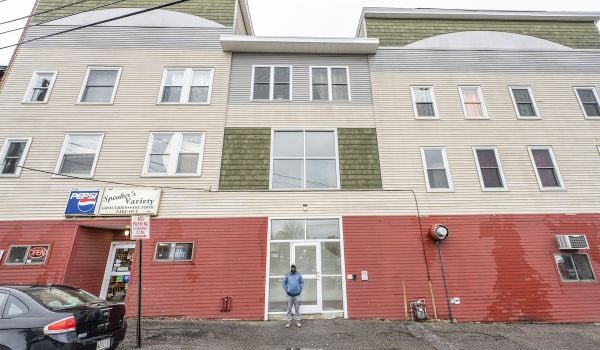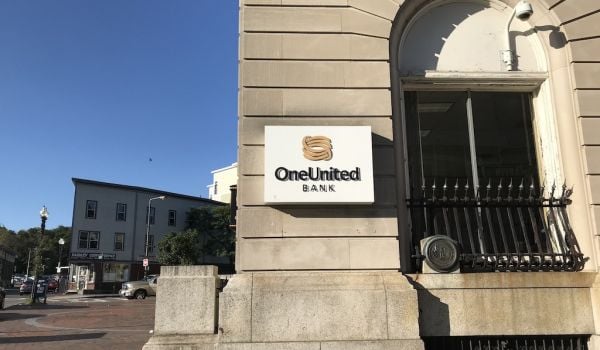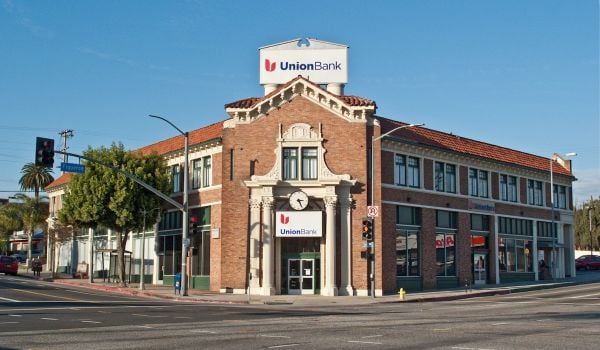When Carlos Navarro decided to try his hand at running a karate studio, it was never about the money. He was looking to give neighborhood kids a positive, uplifting activity — an alternative to falling in with gangs or making other harmful life choices. He decided to charge each client a case-by-case price, based on need. It may not be the soundest business model, but Navarro knew when he started that if it could work, it was worth trying, to better his community. That was over 40 years ago.
Since it opened, Navarro’s Academy of Martial Arts & Bodybuilding Gym has been at the same location in San Francisco’s Mission District. In addition to karate, Navarro’s offers classes in Muay Thai kickboxing, Brazilian jujitsu and Eskrima, a traditional Filipino martial art. There’s aerobics too. He still charges students only what they can afford.
“The new owner of the building says that’s not good business,” says Rubie Navarro, his daughter, who now helps run the business in what has become a rapidly changing neighborhood. “That’s just what my father does.”
According to Rubie, the owner wants them out, preferably by September 1st, and the rent went from $1,800 $2,700 to $4,500. When they offered to pay the new rent, Rubie says, the landlord raised it to $6,500.
“At first she tried to say well you will have to pay for your own business licensing, which we already have,” says Rubie. “Then she said something about us paying for the fire and liability, and asked for the new, higher monthly payment.”
The studio’s diverse clientele comes from all over San Francisco, and even beyond. People who have grown up and moved out of the Mission District bring their kids back for Navarro’s family environment that they experienced when they were young.
“We already taught the children of the first students, and now we’re teaching the children’s children,” says Rubie, whose daughter politely tells you when you can’t reach Rubie on the phone that she’s currently teaching class and will get back to you soon.
At least 10,000 students have passed through Navarro Academy’s doors, according to Rubie, who grew up with many of them in the Mission District. The studio has been her father’s life, and now it’s the center of hers.
“I also help with the Cinco de Mayo celebrations, Carnivale, parades, help the community in whatever events are going on, but always keeping the studio at the forefront,” Rubie says. “I mold my schedule around the studio.”
These days, that schedule includes driving into the Mission District each day from outside San Francisco, as Rubie and her family were earlier forced to look elsewhere for affordable housing.
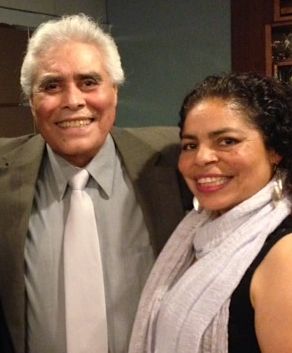
Carlos Navarro, left, opened Navarro’s Academy of Martial Arts & Bodybuilding Gym in San Francisco’s Mission District more than 40 years ago. Today, his daughter Rubie, right, helps to run the studio.
“We welcome change,” says Rubie. “As long as it is involves positive futures for the ‘real’ community, not at the cost of displacing its legacy members.”
San Francisco District 9 Supervisor David Campos had businesses like Navarro Academy in mind when, earlier this year, he proposed a ballot initiative to create a Legacy Business Historic Preservation Fund. The fund would provide financial assistance to businesses as well as grants directly to landlords themselves in exchange for 10-year leases to legacy businesses — those that have been open for 30 years or longer, including nonprofits.
“I’ve worked in the Mission District over 20 years now,” says Edwin Rodriguez, head of the business development program at nonprofit Mission Economic Development Agency (MEDA). “In the last five years there has been such a huge increase in rents for commercial spaces.”
Business development is MEDA’s oldest program, created right from the start in the ’70s, providing workshops and personal coaching support for business planning, marketing, growth, technology and also personal financial planning. It’s in the midst of launching a new Community Loan Fund, taking the famed micro-lending model created overseas and adapting it for businesses in the Mission District.
In response to the wave of displacements of places like Navarro’s Academy — businesses that serve the community and are core to its identity — MEDA has also begun outreach to such entrepreneurs to create a calendar of when their leases are up for renewal.
“We can help them with legal assistance partners to negotiate new leases,” says Rodriguez. “But too often they come to us already with a 30 days’ notice to vacate, and it’s too late at that point, they have to close or find another location.”
In a survey of 101 businesses in the Mission District, which MEDA conducted last year, 58 percent said being able to pay commercial rent or mortgage was a concern for the sustainability and growth of their business. At the same time, they welcomed change — 45 percent said being able to serve newcomers to the neighborhood was also a concern.
The Mission District might be one of the few places in the country where the Latino population is falling. It’s currently 39 percent Latino, down from nearly 50 percent Latino in 2000.
“The new residents are able to stand in front of the murals, they’re able to take pictures in front of the murals, do selfies, do tours,” says Rubie. “But they don’t know the people in the murals. They’re not part of the mural, they don’t know how the mural came about.”
Some of them do also come in to Navarro’s Academy. “They come in and they always ask if we have some kind of dotcom-er discount, or Google discount, they always want some kind of discount,” Rubie says.
The doors to Navarro’s Academy might still remain open to the community, however. “We’re currently also looking for another location,” Rubie explains. “I’ve been seeing at least three or four locations a day, all in San Francisco.” If they can’t find another location right away, Rubie says they’ll consider going to a park to continue classes until they do. Many students have already paid for a course of classes, and they want to at least honor those commitments.
Or maybe Campos’ ballot initiative will inspire their landlord to renew the Navarro’s lease. After all, things can change quickly these days in the Mission District.
The Equity Factor is made possible with the support of the Surdna Foundation.

Oscar is Next City's senior economic justice correspondent. He previously served as Next City’s editor from 2018-2019, and was a Next City Equitable Cities Fellow from 2015-2016. Since 2011, Oscar has covered community development finance, community banking, impact investing, economic development, housing and more for media outlets such as Shelterforce, B Magazine, Impact Alpha and Fast Company.
Follow Oscar .(JavaScript must be enabled to view this email address)


